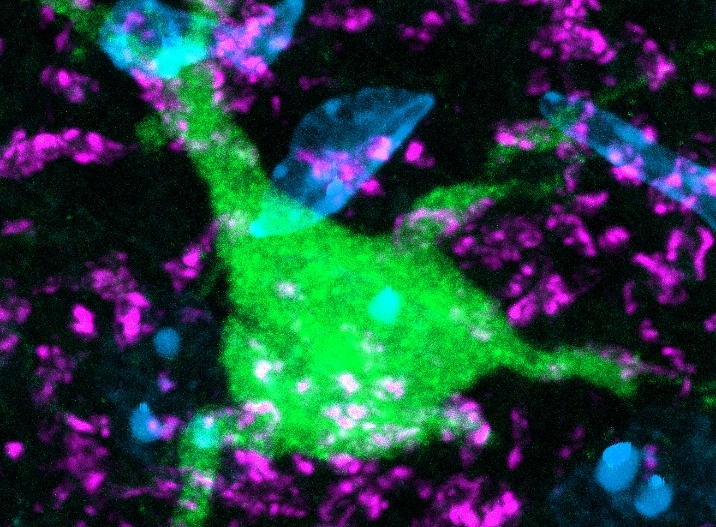A new Elsevier publication co-edited by academics in three states has started the process of bringing together information about healthcare-associated infections nationally, in line with international best practice.
Australia has not had a nationally coordinated program for the surveillance and reporting of healthcare-associated Infections, with a new report identifying gaps in data while confirming healthcare associated infections are common.
“Healthcare-associated Infections (HAIs) are a major threat to patient safety and the quality of healthcare globally,” said co-author Professor Ramon Shaban from the University of Sydney.
“As the first publication of its kind, the aim is to provide transparency of infection rates in the absence of this information being co-ordinated and publicly available in Australia.”
Healthcare-associated infections in Australia
The report, “Epidemiology of Healthcare-associated Infections in Australia” published overnight by leading scientific, technical and medical information and analytics company Elsevier.
It is Australia’s first peer-reviewed, evidence-based assessment of the epidemiology of HAIs, including publicly available data from hospital-acquired complications (HACs) and state-based surveillance systems. Data was compiled from publicly available sources in an attempt to describe infection rates across the country.
Co-author Professor Brett Mitchell, from the University of Newcastle, said: “The big surprise was the lack of available data on infections for the public and the difficulty in obtaining data contained in the report.
“In particular, it was surprising that very little of the hospital-acquired complication (HAC) data for healthcare-associated infections is available – when in fact HACs reporting was implemented in part to help provide transparency of hospital performance.”
“We don’t know the true rate of infection on any given day, because common infections are by and large only reported in HAC sets and these are almost exclusively not publicly available,” said Professor Mitchell, from the School of Nursing and Midwifery.
“We were unable to report the numbers of cases of different HAC infections; we do know from previous work that HAC infection data can be very unreliable. Peer-reviewed data and jurisdictional data also report limited data on common types of infections. All this means we don’t have robust data on common infections in hospitals.”
“Our report demonstrates Australia is in desperate need of a nationally co-ordinated approach to healthcare-associated infection surveillance; Australia is well behind many other countries in this regard,” says Professor Mitchell.
Professor Shaban, the Clinical Chair, Infection Control and Disease Prevention in the Marie Bashir Institute for Infectious Diseases and Biosecurity and Faculty of Medicine and Health, said the new publication was important for many reasons: “We need to understand where success is occurring and learn from this – as well as identify issues when they occur,” he said.
“National data is also needed to be able to evaluate the impact of interventions and initiatives.”
Professor Mitchell added: “COVID-19 has exposed gaps in our understanding of infection prevention strategies but has also demonstrated that data collection and transparency is possible to help inform a response.
“We need to see continued investment and support for infection control activities at the national, state and local level. We also need targeted research providing evidence to prevent infections from occurring in the first instance,” he concluded.
About the publication
The publication, which was compiled by some of Australia’s leading infection control professionals and researchers, has been endorsed by the Australasian College for Infection Prevention and Control.
Rather than a picture emerging of infection trends across Australia, the key finding of what is intended to be an annual report card, was the lack of data and the diversity in approaches to infection surveillance.
Professor Ramon Shaban (University of Sydney), Professor Brett Mitchell (University of Newcastle), Associate Professor Philip Russo (Monash University) and Dr Deborough MacBeth are the authors of the publication, which can be accessed at this link.
Declaration:
The authors, listed above, did not pay for this publication and have not received payment for the publication. The authors will receive nominal royalties on publication sales, and have no other conflicts of interest to declare.






/news/gmp-ops-strategy-web-banner.tmb-768v.jpg?sfvrsn=3fe03d03_1)

